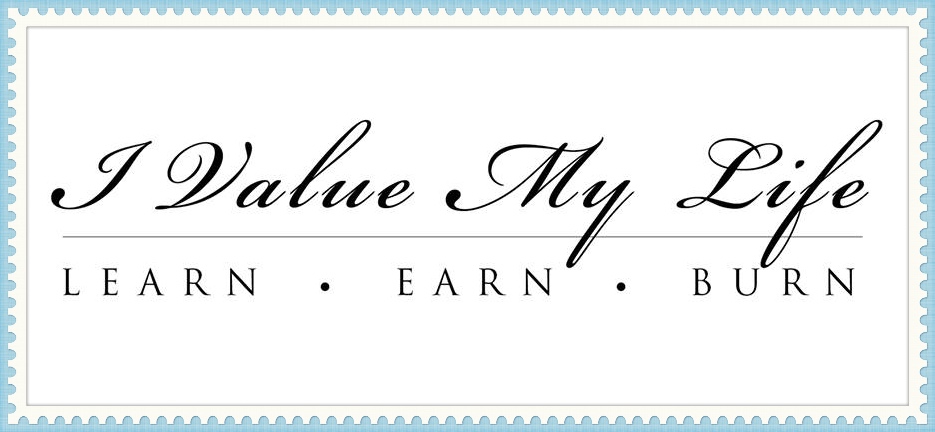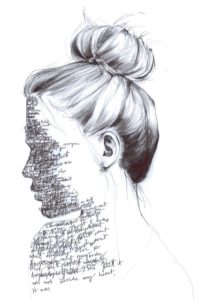 A “profile feature” is a newspaper article that explores the background and character of a particular person (or group). The focus is on news angle or a single aspect of the subject’s personal or professional life. Countless times, I featured superb talents, successful entrepreneurs and inspirational people. And it never fails to put me in awe learning about their journey each time. As a student journalist, I had to follow guidelines but I also don’t want to let go of my voice from every piece I make. I must say this is the first commandment above all. But, my mantra always goes: “Know the rules very well, so that you’d know how to be creative around them.” The best ones I came across with are a few that should help you report and write for the national audience if your pitch was selected for publication on the New York Times Learning Network.
A “profile feature” is a newspaper article that explores the background and character of a particular person (or group). The focus is on news angle or a single aspect of the subject’s personal or professional life. Countless times, I featured superb talents, successful entrepreneurs and inspirational people. And it never fails to put me in awe learning about their journey each time. As a student journalist, I had to follow guidelines but I also don’t want to let go of my voice from every piece I make. I must say this is the first commandment above all. But, my mantra always goes: “Know the rules very well, so that you’d know how to be creative around them.” The best ones I came across with are a few that should help you report and write for the national audience if your pitch was selected for publication on the New York Times Learning Network.
- KNOW THE RULES OF ATTRIBUTION. Inform the people you’ll interview that you are a journalist and that you would need to record your conversation at some point. You make sure that your interviewee would be comfortable in all forms of recording to get authentic and specific responses. You don’t need vague ones that will not help you narrow your broad topics, making it too general. If your interviewee also says “off the record” whether before or after responding, honor it ultimately. The information preceding or succeeding that particular statement, cannot be used.
- ASK OPEN QUESTIONS, BE A GOOD LISTENER, AND PROBE FOR ANECDOTES. Encourage your source to keep on going by following up your questions with a “how” and “why”. Don’t forget to acknowledge their responses affirmatively. To extract more information from the first response, you may use clarifying questions like “What do you mean by that?” or “Can you give me an example?”
- PREPARE FOR YOUR INTERVIEWS. Never do an interview without an researching about your interviewee. After researching on the topic from the beginning, research on the source that made you decide on considering him/her as your source. Then, come up with a sheet of paper with your guide questions. It’s alright to ditch this if you were successful in establishing rapport right from the beginning and your interviewee becomes comfortable in engaging on the interview. But the guide questions could serve you well if your interviewee chooses to limit his/her responses and is difficult to get extra information from.
- INTERVIEW WITH BREADTH AND DEPTH. Interviewing people is a learning process in itself. You are interviewing a person to put more information into your topic. Hence, you, yourself are bound to gain more understanding about your topic. In that sense, you should extract quality information by interrogating qualitatively. Open yourself to diverse responses by interviewing a range of people as much as you can. Don’t just rely full on quoting your interviewees in coming up with your article. Just have enough to support your clauses and statements.
- WRITE FOR A NATIONAL AUDIENCE. You may find your story limited to the range of knowledge you have and to the environment you’re in. To be able to write for a national audience, you must take a leap in immersing yourself to different perspectives by interviewing several expert opinions. Be aware of the trends, preferences and the timing of your article. Take advantage of the hype that majority of the people are into and present telling a story in a very interesting and one-of-a-kind angle. Usually, people like to read about something familiar but in a different lime light. Research on what’s taboo and transform it into something that a general audience would not have difficulty understanding or relating to.
- KEEP AN OPEN MIND. Always urge your article to evolve. Research and interviews usually sharpen your angle on its specifics and you have to be welcoming to it. Don’t settle for your own understanding of things. When it seems like as you give some time (maybe a night or two) to your article for editing and nothing needs any changes, you might have not reported aggressively or thoroughly enough. When to stop? Is when everything is brief, concise and meets all the elements of your editor’s demand: number of words, pitch and voice.
Once you’re ready to write:
7. DECIDE ON AN APPROACH. This also means decide on the voice you’re going to present your article with. You have all these ideas but you can’t begin and you feel stuck. Whether you decide for your article to be humorous, entertaining or informative, starting with an outline is the best way to start. Sequence all your ideas down on a clean sheet of paper to give an initial structure that you could work on. As you insert everything that makes your article interesting (articulate quotes, important points, taboo information), spend time with the beginning of your story because it’s where lies your readers decision to go reading further or not.
8. FOCUS ON WHAT’S MOST COMPELLING. Listen to your gut, listen to your intuition. The things that you find most interesting will more likely be interesting to others too. Before you start writing, figure out what’s surprising? what’s important? what’s helpful?
9. SHOW, DON’T TELL. Be the eyes of your reader. This should be worked upon by your 5 senses (eyes, ears, smell, taste and touch). Writing something based on what you feel and not what you see or think is much preferred. Develop your article with more verbs and not descriptive words which usually becomes successful if you use an active voice.

10. PUT YOUR STORY IN CONTEXT. That one job is that, you must satisfy a reader’s biggest question about any story ever written: Why should I care?
11. DON’T OVERUSE DIRECT QUOTES. Don’t overdecorate your article with too much quotes. Imagine your article as the cupcake and your quotes are the icing. When there’s too much, it’s suffocating. Also, don’t use too much of it that your reader gets confused on who is talking, if it’s you or your source. Aim to capture a mood with your own writing than just flowering it with redundancy.
12. FILL HOLES. Once you have written your story and had edited so many times, it wouldn’t hurt to ask somebody whom you consider as a good reader to critic your work. Ask them if your piece needs a little more polishing or if they would want to know more as they read it.
13. TRIPLE-CHECK FOR ACCURACY. This I learned in a hard way. Spell names right and get grade levels and titles right. Get your facts straight. If in any time, you’re unsure and uneasy about something, don’t include that information just yet until you had well researched on it and had verified it. If you would be rewriting quotes in your own words, make sure you are able to defend it to whoever will question it together with he rest of the information you have written.
14. PROOFREAD. So many apps and features in the computer can do this for you now. Just here in WordPress alone, a click of the “Proofread” function button does it for you. But to simply describe the task is to avoid grammatical errors and mistakes in spelling. This is a usual advice for every writer. If you have a proofreader and an editor in your team, you’re all set. But for the mean time that you’re still a student and is still settling in the profession and establishing connections, learn to edit your work as efficient and as fast as you can.
If you have a 15th guideline in mind that worked for you big time, let me know. It’ll help a lot of student writers.
Related topics:
- HOW TO BLOG A BOOK – Ever wondered of transforming your blog into a book? This book gives you everything that you need to know regarding a creative project as such. Read as how it benefited me.
- MOVIES THAT MAY MOTIVATE THE WRITER IN YOU – In a writer’s life, there’s really that stale moment where you just need to take in anything: inspiration, suggestion, idea or even food. Check out this line up of movies that could help you get out of a writer’s block.
- THE THIRTY MAJOR CAUSES OF FAILURE. WHICH OF THESE ARE HOLDING YOU BACK? – What we are most defensive about is the very sin we are committing. Awareness is the key. Read on if you are being held back with any of these so that you can make that change.

